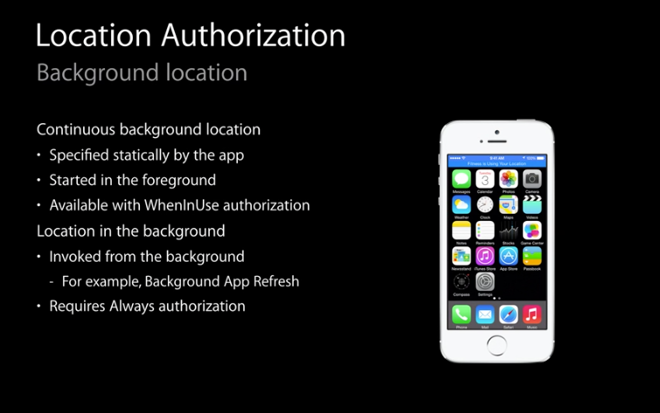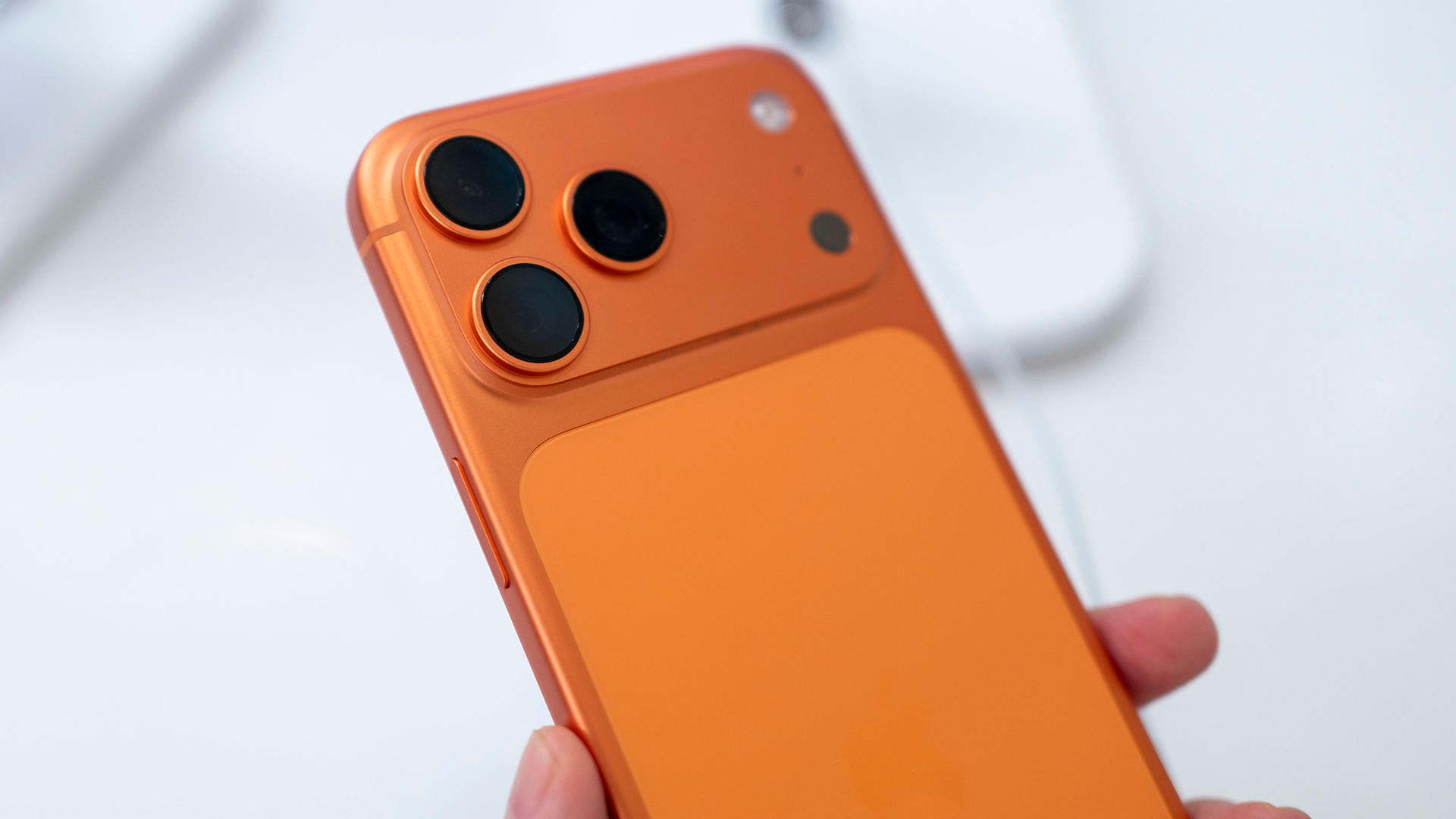iOS 8 to clampdown on Wi-Fi & location snoopers
Apple to hide unique MAC address when scanning for networks

Apple has made subtle changes to the way its mobile devices scan for Wi-Fi networks to help users protect their personal data from advertisers.
iOS 8 will hide the unique MAC (Media Access Control) address of an iPad or iPhone when it is scanning Wi-Fi networks. This means retailers or advertisers will not be able track web browsing, mobile usage and physical location history, which is commonly done when you're using Wi-Fi in public places.
It's not the only privacy feature Apple has added to iOS 8. Users will now have more control over when apps gather user location. Up until now users have only been able to allow or restrict apps from accessing location data and had no control over when the tracking takes place.
iOS 8 introduces a "When in Use" authorisation mode. When users grant apps access to location data using this feature, they will only gather information when open. A blue status bar will also appear at the top of the screen to show users that their location is being monitored by the app in question.

Apple will also require apps to explain why they are requesting the user's location when they first ask for authorisation. For example, the built-in iOS 8 Photos app will tell users that their "current location may be used to search for photos nearby" when it requests access.
It will still be possible to grant apps "Always" access, but users will be prompted to review what exactly the app is accessing via a pop-up dialog box a few days later and asked whether they want this to continue.
Sign up today and you will receive a free copy of our Future Focus 2025 report - the leading guidance on AI, cybersecurity and other IT challenges as per 700+ senior executives
-
 I couldn’t escape the iPhone 17 Pro this year – and it’s about time we redefined business phones
I couldn’t escape the iPhone 17 Pro this year – and it’s about time we redefined business phonesOpinion ITPro is back on smartphone reviews, as they grow more and more intertwined with our work-life balance
-
 When everything connects, everything’s at risk
When everything connects, everything’s at riskIndustry Insights Growing IoT complexity demands dynamic, automated security for visibility, compliance, and resilience